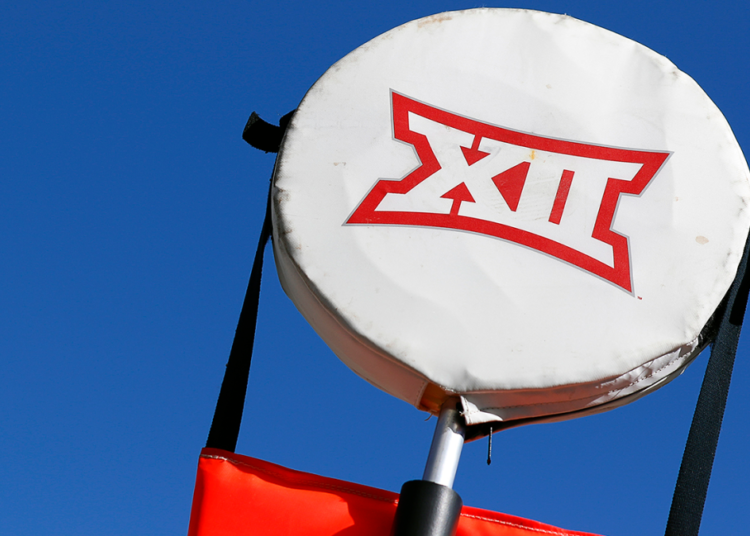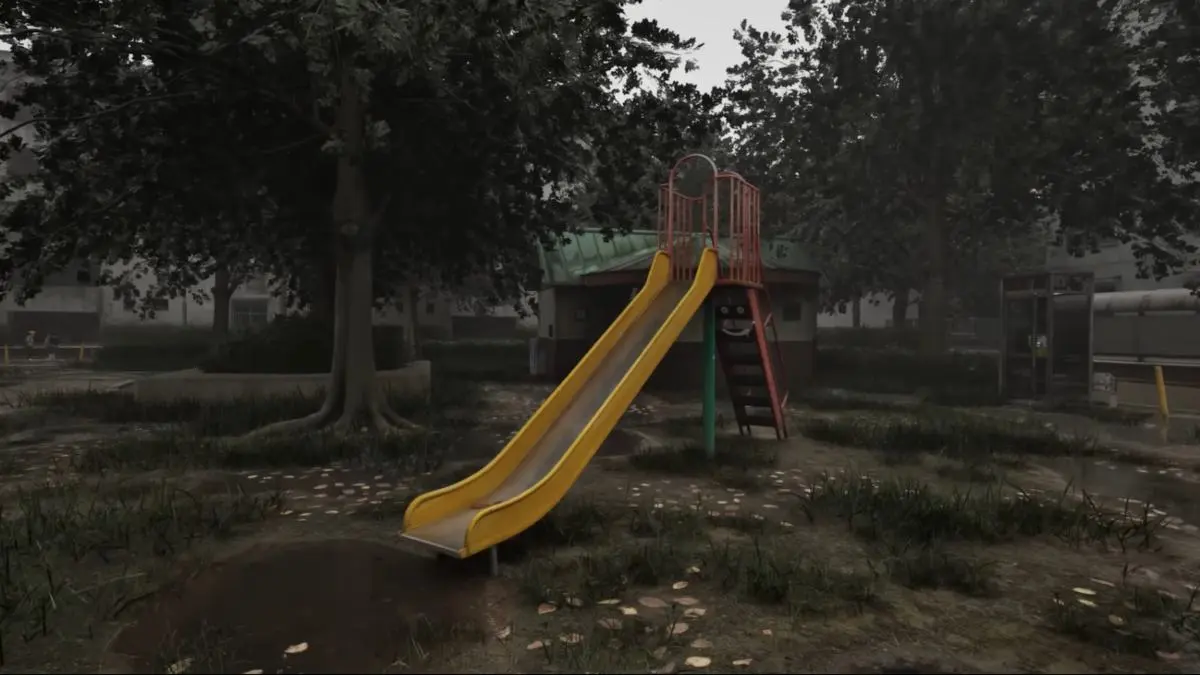The Big 12’s next step is clear after the early exit of Texas and Oklahoma was agreed upon Thursday night. The conference now plans to aggressively pursue expansion in some form, sources tell CBS Sports.
This is the culmination of a three-pronged vision put forth by commissioner Brett Yormark once he took office in August 2022. The first two steps — negotiating a new TV deal and resolving the Texas-Oklahoma situation — have been achieved. His full attention now turns to adding more teams to the Big 12.
Whether it will be accomplished is another issue. However, in Yormark’s short history leading the league, it’s proven best not to bet against him. Almost immediately after USC and UCLA announced they were leaving for the Big Ten, the Big 12 showed interest in the Pac-12’s four corners schools (Arizona, Arizona State, Colorado, Utah).
Yormark then quickly negotiated a media rights extension with Fox and ESPN that will pay league teams more money than they received in their last deal with Texas and Oklahoma involved.
For the first time since 2010, the Big 12 will actually have 12 league members beginning in 2024 after temporarily playing with 14 in 2023.
More recently, Yormark has advocated for Gonzaga joining as a basketball-only member. Even though the financial gain for the Big 12 would be minimal by adding the Zags, Yormark sees a future increase in college basketball rights as streaming giants get more involved in sports. Gonzaga has options (the Pac-12 and Big East) as it appears motivated to finally make a move to major conference.
The reason for any Big 12 expansion: moving West. Yormark seeks game inventory in the Pacific Time Zone, which would allow the once Midwest-based league to stretch from coast to coast. More importantly, it would give the Big 12 a presence in all four primary television “windows” — noon, 3:30, primetime and late night (based on the Eastern Time Zone).
Going forward, the SEC and Big Ten will dominate those first three windows. Having a presence in the fourth window would give the Big 12 some level of exclusivity. (ESPN is also interested in partnering with the Pac-12 for late-night games.)
While it’s not clear whether the Big 12 could get pro rata (equal value of $31.66 million per year) for any new members, it may not matter that much. Schools are desperate to improve their standing in what might be the last round of realignment for the next decade.
For example, industry sources have speculated both SMU and San Diego State might accept less than a full share if they join the Pac-12. SDSU remains a candidate for the Big 12 if a Pac-12 move falls through. CBS Sports reported this week a new Pac-12 TV deal may hinge on adding those two schools.
Any Big 12 expansion continues to revolve around that Pac-12 TV deal.
It has now been more than seven months since USC and UCLA announced plans to leave the Pac-12. Industry sources have begun to wonder why it has taken Pac-12 commissioner George Kliavkoff so long to strike a deal. Whatever that deal becomes, it is expected to include more than half of the Pac-12’s games on a streaming platform. That would be unprecedented for a Power Five conference.
If the Pac-12 continues to take its time or struggles to come to an agreement, the unspoken stance held by the Big 12 — at least publicly — is that some of those West Coast schools might get nervous about the league’s security and stability.
There is now a former Midwest-based conference ready to take them in.
Read the full article here


























